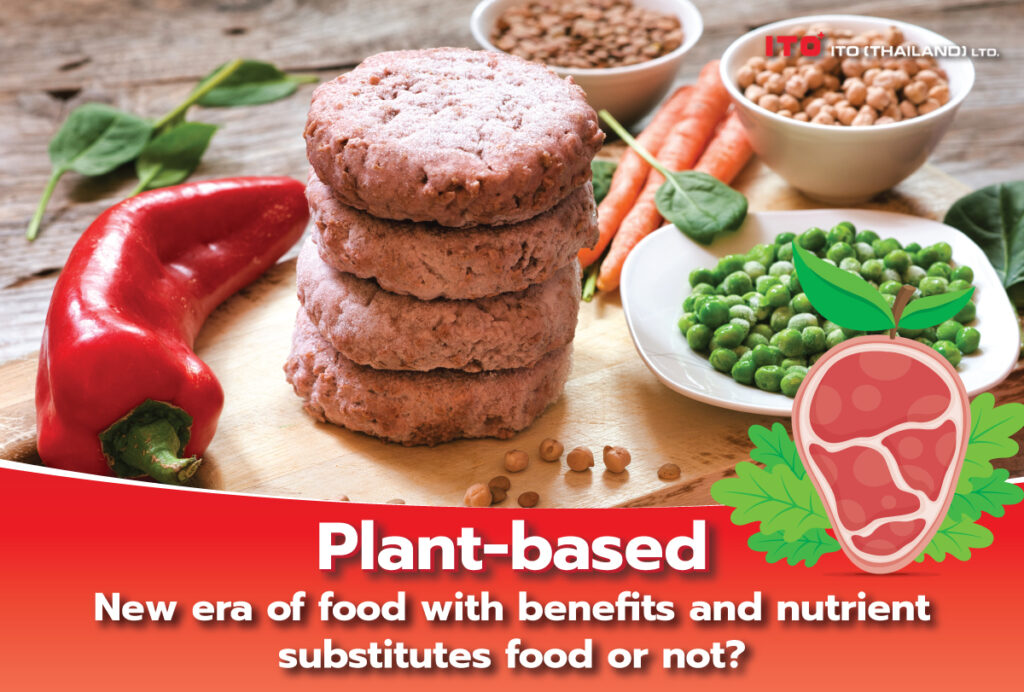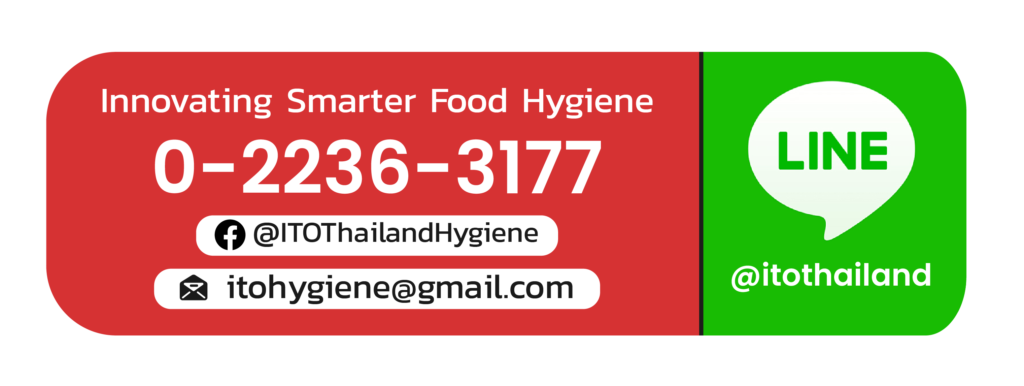ITO Thailand Hygiene Blog
Plant-based food
Plant-based food means food produced by using all ingredients from plants, which maybe food or beverages(1) . The most familiar one is plant-based meat, which means meat produced by using all ingredients from plants. It is produced by using innovation to develop flavor, color, taste and texture of food to be similar to meat, which makes it easier for consumers to adapt to vegetarian or vegan diets.
Plant-based meats are generally portrayed as healthy foods. It is popular among vegetarians who do not wish to eat meat-based diets, (but can still eat processed animal products such as milk, eggs, honey) which is different from vegans who choose not to eat meat including processed animal products.
In fact, terms of health, there is no clear evidence that plant-based diets are more or less beneficial to the body than conventional diets because it is necessary to consider how much flavoring is added. For example, plant-based meat may be flavored with high amounts of sodium., Mostly in the form of salt, which is popular, useful and commonly used in the food industry especially in the food processing process, where the sodium is used for helping the seasoning to be tasteful, extending shelf life, preventing the growth of microorganisms, improving texture and so on(2)
However, consuming too much sodium can result in high blood pressure (3) which is a major cause of heart disease and stroke, so it needs to be supervised and taken care of by the Food and Drug Administration Or as we commonly call the FDA, which is the one who rules and controls food standards in Thailand. The FDA has set the recommended daily intake of sodium for Thai people aged 6 years and over (Thai RDI: Recommend Daily Intake) of no more than 2,000 milligrams per day4, a decrease from the previous limit of no more than 2,400 milligrams per day, as sodium can result in aforementioned health problems. Therefore, we can see that there is a tendency to continue to decline. However, this number depends on the physical characteristics of the body. We may see differences in foreign food laws. For example, the Dietary Guidelines for Americans, 2020-2025 of the United States advises that no more than 2,300 milligrams per day. (4)
There are also other interesting products not only plant-based meat. For example, in Australia, there is a plant-based condensed milk alternative(5) from Nestlé which has been on sale since May 2021. This product is primarily made up of rice flour and oat flour, ideal as a substitute for regular sweetened condensed milk, and can be used to make sweets, bakery, ice cream. With an emphasis on marketing for vegan consumers who refrain from consuming all kinds of animal foods and consumers who are allergic to cow’s milk or have lactose intolerance, these consumers can eat this product without worry as well.
However, from the current market price survey of plant-based meat products in Thailand (January 2022), we found that the prices were not cheaper than regular meat. As a result, consumers may decide not to switch to plant-based meats. On the other hand, the prices in the international market are similar, which is good for consumers to be able to try consuming and make decisions easier.
As for the author’s personal feelings after trying plant-based meat products, we found that although it was very close to meat, we can still feel the slight difference in taste, smell and texture. Currently, food scientists around the world are striving to develop and work hard to narrow the gap in the difference between plant-based and real meat. And in the near future, food innovations will become so advanced that we cannot distinguish them.
At present, with the trend of vegetarian food and vegan food consumption including the continuous development of food innovations, it will have a positive effect on the food industry because it pushes the manufacturer to develop food alternatives and also open up opportunities for every consumer groups equally. However, when the consumption of any particular food is extreme or excessive, it will result in more harm than good. Therefore, we should eat a variety of foods in moderation and take nutritional value into account every time including taking care of health by exercising regularly.
ITO THAILAND encourages everyone to eat happily and safely for long-term and sustainable health benefits.
Please click here to know more about us.
References
1.National Heart Foundation of Australia. What is plant-based eating [Internet]. [cited 27 Jan 2022]. Available from https://www.heartfoundation.org.au/heart-health-education/what-is-plant-based-eating
2.Center for Disease Control and Prevention. The Role of Sodium in Your Food [Internet]. 2020 [cited 27 Jan 2022]. Available from https://www.cdc.gov/salt/role_of_sodium.htm
3.Center for Disease Control and Prevention. Sodium [Internet]. 2021 [cited 27 Jan 2022]. Available from https://www.cdc.gov/heartdisease/sodium.htm
4.Ministry of Public Health. Announcement of the Food and Drug Administration: Clarifications to the Announcement of the Ministry of Public Health (No. 392) 2018 issued under The Food Act 1979 Nutrition Label ( 3). The Food Act 1979. (Dated 12 November 2018).
5.Nestlé Australia. Nestlé unveils sweet new ingredient for vegan bakers [Internet]. 2021 [cited 27 Jan 2022]. Available from https://www.nestle.com.au/en/media/new-ingredient-vegan-bakers
Related Post
-

Biodegradable Packaging
As straightforward as its name, it means any packaging that will naturally fall apart and decompose. In recent years, biodegradable packaging has been included as one of the sustainable development goals for several organisations. A similar issue, bioplastics, an alternative to sustainable living, was discussed in a previous blog. However, there are some differences between them. For example, bioplastics are made from raw materials sourced from renewable and natural sources and could or could not be biodegradable. In contrast, biodegradable plastic can naturally degrade through living organisms no matter the source material it originates from. The development history of biodegradable packaging, frequently used materials, the pros and cons of biodegradable packaging, and its future trends will be discussed in this blog.
-
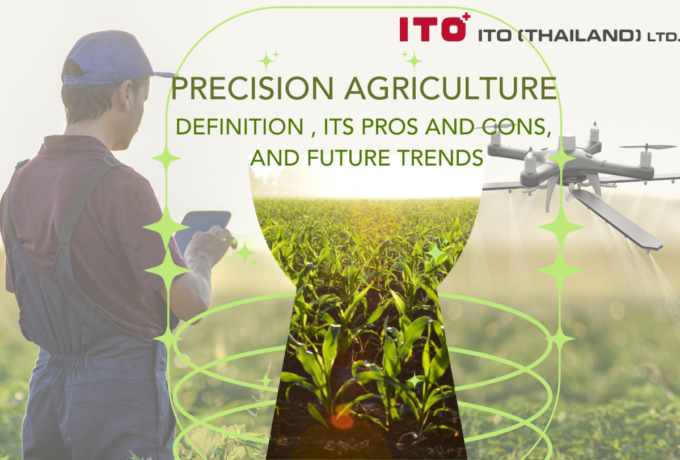
Precision Agriculture
Precision agriculture has revolutionised how we approach crop management by optimising the inputs to meet specific requirements. Even though it is not a new system, recent technologies have made it possible to apply it in practical productions. In this blog, we will discuss the definition of precision agriculture, its pros and cons, and future trends.
-
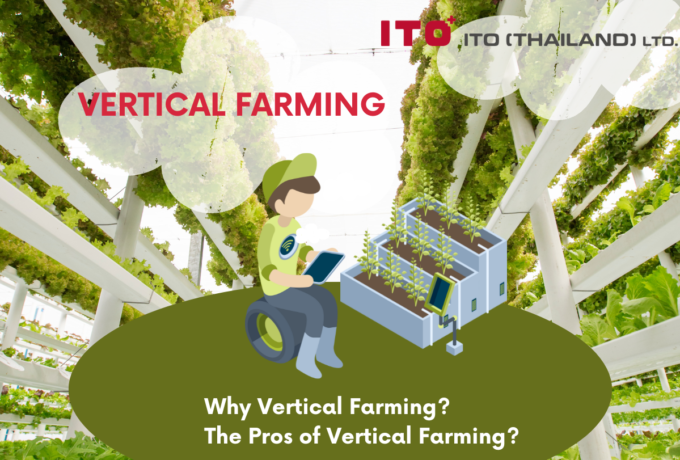
Vertical Farming
Agriculture has utilised nearly all the available land, causing growing difficulty in finding land on the earth’s surface. With limited resources, meeting the world’s food demands will require more innovative and dependable methods of producing safe food, and the answer lies in vertical farming.
-
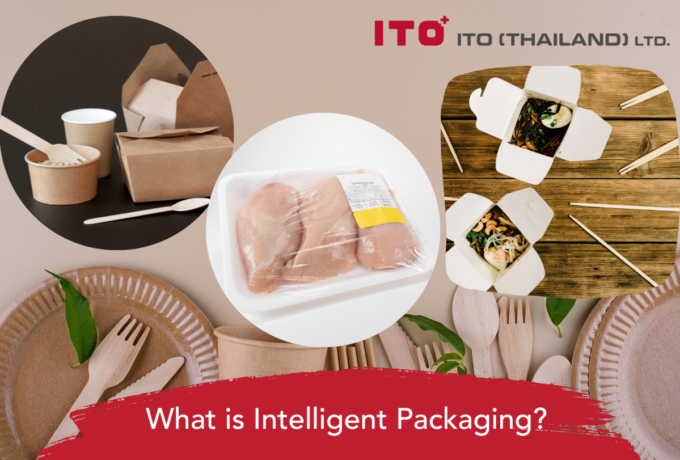
Intelligent Packaging
Without packaging, food products would last for only a short period of time, impossible for logistics management, difficulties in the supply chain system, quick quality deterioration, and prone to contamination to risky foodborne pathogens. In reality, there are many more functions that packaging is contributing to food products, as well as many types of smart packaging. Intelligent packaging is considered to be a part of smart packaging, so in this blog, we will discuss the contribution of intelligent packaging to food products.
-
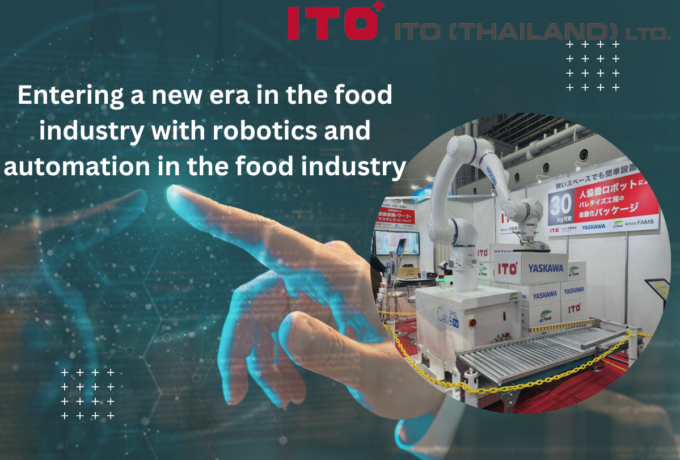
Robots & automation in the food industry
Entering a new era in the food industry with robotics and automation in the food industry
-
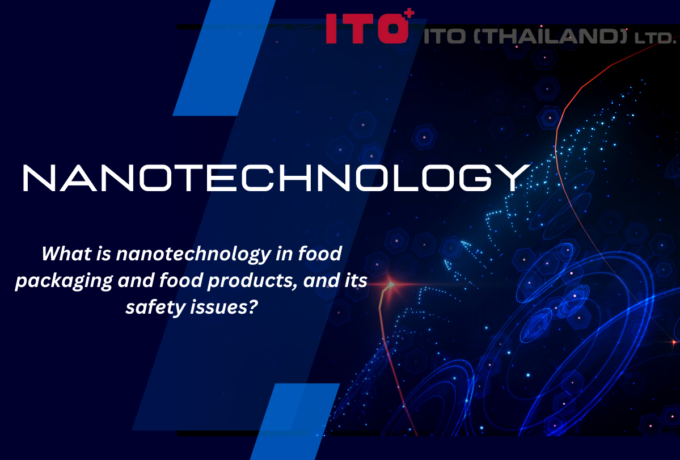
Nanotechnology in the Food Industry
Nanotechnology has been brought to our attention for the last decades, and it has provided various beneficial applications to the food industry. Unlike other technology, nanotechnology has broadened the knowledge in the food industry to another level in a nanoscale dimension. It involves almost every aspect of the food industry, including food packaging, food processing, as well as functional food development and enhancement of food safety. In this blog, we will discuss how nanotechnology is used in food packaging and food products, and the most important part, its safety issues.








